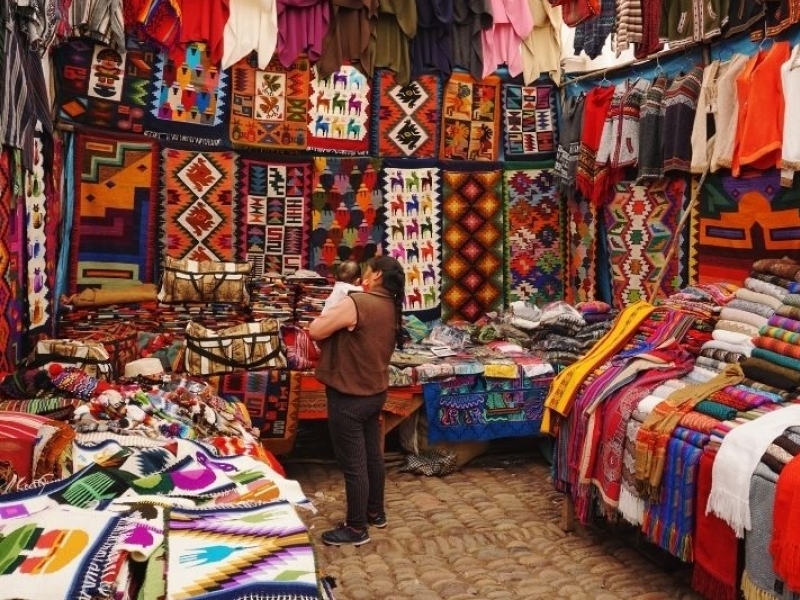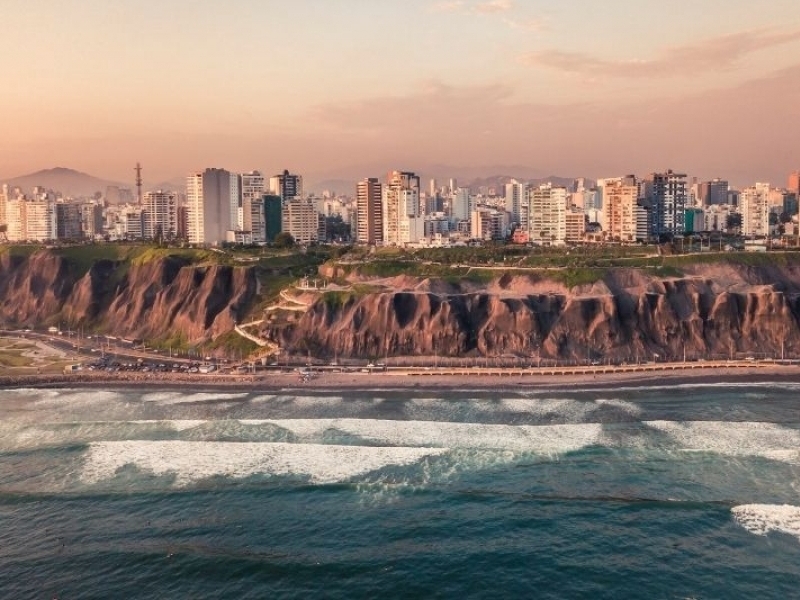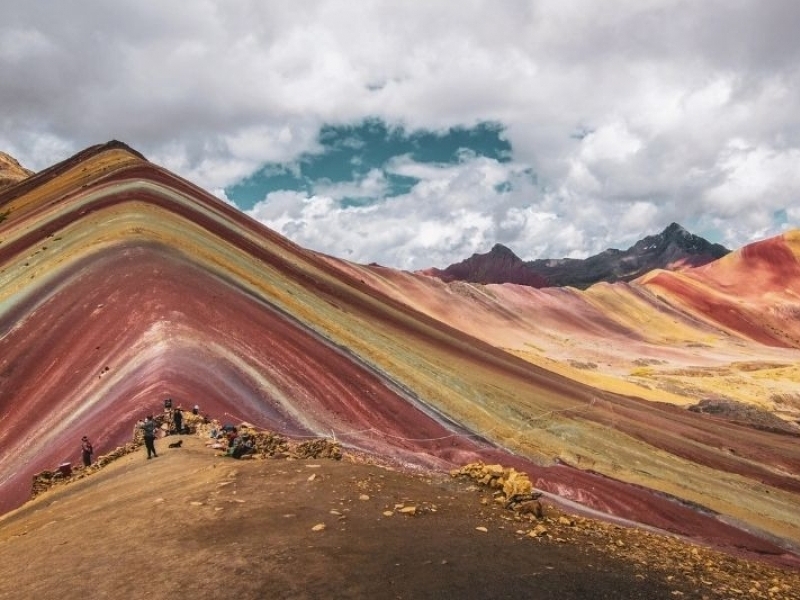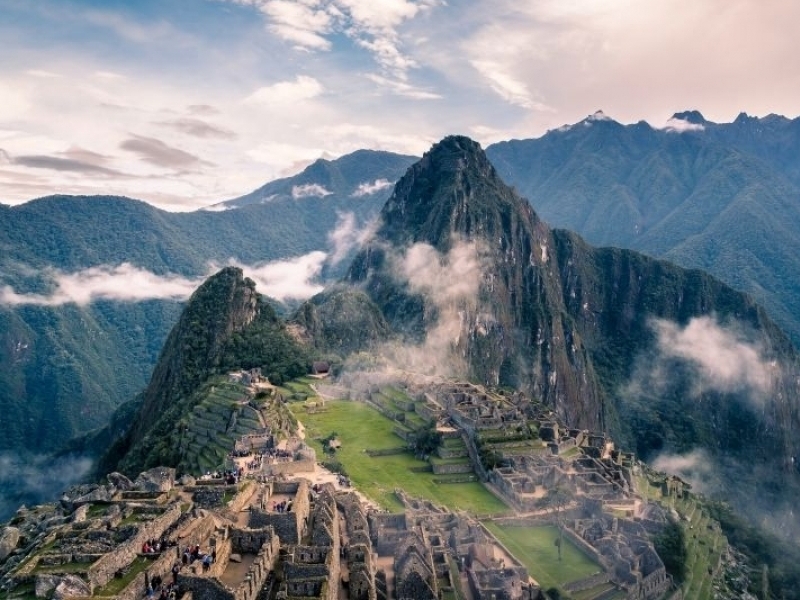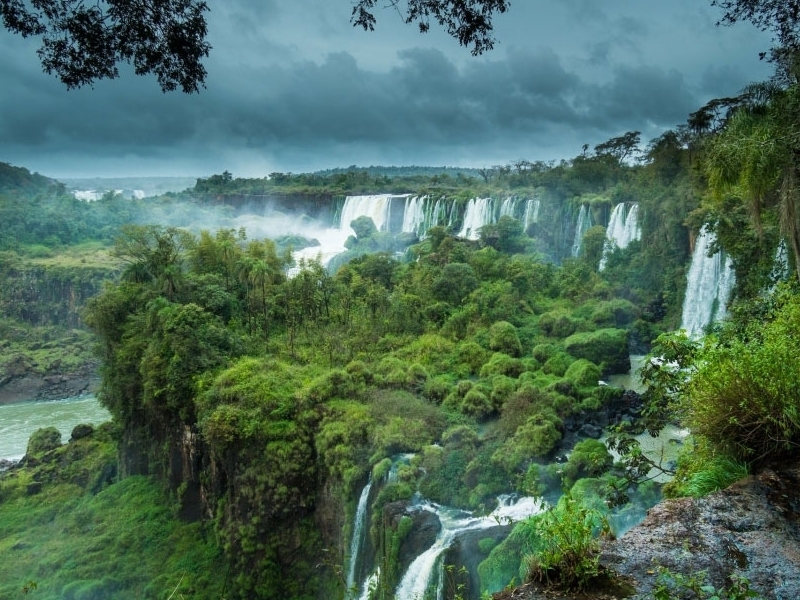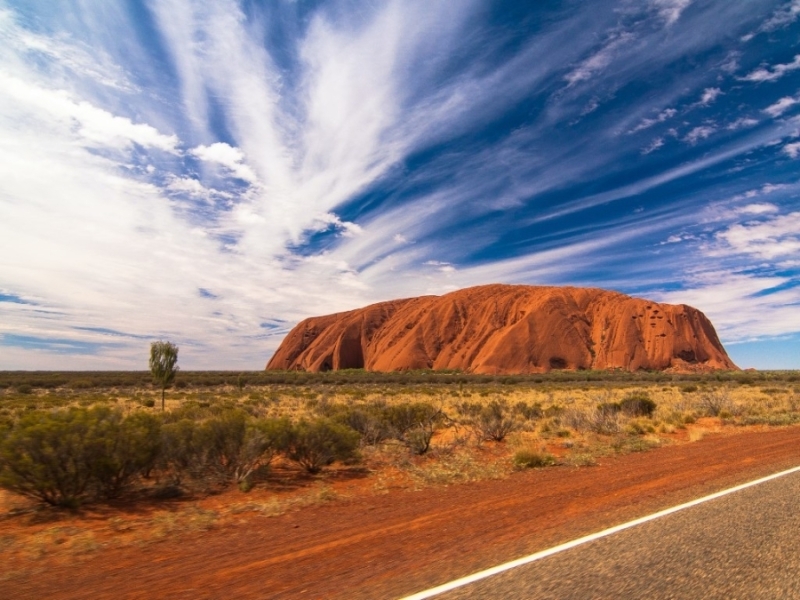News and Testimonials

For outdoor action and urban adventures, this is the best time to visit Peru
A sizzling strip of coastal desert. Endless snow-capped Andean summits. A humid expanse of rainforest mazed by mighty rivers. These three types of terrain form a triumvirate of totally different climates, ensuring every time of year is a great time to go to Peru.
This is a tradition-entrenched, festival-focused land, with at least one vibrant celebration a week to add color to your trip. Whether you're a city-lover stopping in the famous foodie capital of Lima or an adventurer heading for the Inca Trail, you'll find what you need to plan your perfect Peru vacation here.
For sunny mountain and jungle treks, visit from June to August
Best for Andean and Amazonian adventures
Foreign travelers prefer Peruvian winter, not just because it generally coincides with their main holiday period, but because the crystal-clear weather casts the Andes, where the country’s most popular tourist sights beckon, in sharp sunlight. Fascinating festivals also occur, and the tantalizing trekking ground is dry underfoot.
The ancient Incan capital of Cuzco grabs the most attention, along with the nearby Sacred Valley, where picturesque Inca-ruin-dotted gorges invitingly thread through to the greatest site of them all: Machu Picchu. The big treks – especially the Inca Trail, but others in Sacred Valley and those in snow-bedaubed Cordilleras Huayhuash and Blanca as well – are irresistibly beautiful in the brilliant sunshine, but it's peak hiking season, and they do get very busy.
Festival-goers can also attend an array of fabulous fiestas, which enliven thoroughfares in Cuzco and other regional towns on a near-daily basis, the most notable being Inti Raymi, Inca celebration of the winter solstice. Further south down the Andes, Lake Titicaca glitters like a blue jewel, with tempting tradition-rich islands.
It's dry season in the Amazon Basin too. The sunnier weather in the cloud forest lures birdlife out into the open, including the bright orange-red Andean cock-of-the-rock, Peru’s national bird, which mates at this time. Down in the low jungle, wildlife is easier to spy than on the riverbanks, and forays down rivers like the Tambopata, near Puerto Maldonado, yield especially diverse sightings. Lower water levels mean excellent whitewater rafting conditions: the Apurimac, near Cuzco, and the Tambopata are ideal for rapids-riding now.
Go for quiet hikes and surfing sans crowds between September and November
It's shoulder season everywhere, particularly in the Andes, where clear sunny days linger through September. For trekkers who prefer to have the mountains to themselves, this is the best time to go – utter solitude beckons on many hiking routes.
The Inca Trail is always well-trodden, but alternatives such as the Salkantay Trek, where you traverse a 4660m (2.9-mile) pass loftier than any point on the Inca Trail, let you lose the crowds. September also marks the end of the jungle’s dry season, so it's a good time to try rainforest-trekking or wildlife-watching on a boat trip from Iquitos or Puerto Maldonado, before the spring rains descend and make travel trickier.
As the action in the interior decreases, it's pre-peak season on the coast. Toward late spring, the thick garúa (coastal fog) that's been enveloping Lima since July begins to lift, but it is worth visiting Peru’s dynamic gastronomic capital earlier. In September, it bustles with fabulous Mistura, a food festival showcasing the nation’s exceptionally varied cuisine.
Temperatures are rising along the country’s sandy beaches too, but the masses have not yet checked in. By November, waves at Peru’s best surfing spots – including the home of the planet’s longest left wave at Puerto Chicama – are approaching their cresting best.
Expect summertime fun from December to February
Best for beach-lovers
This is the season to see Peru’s paradisiacal sandy strands at their best. Sunbathing on the searingly warm northern beaches is delightful – temperatures routinely hover in the 30°C to 40°C (86°F to 104°F) realm, and crowds flock to see-and-be-seen resorts like trendy Máncora.
It's peak surfing season too. But for a different coastal experience, a boat trip – to the rarely glimpsed mangrove forests near Tumbes, or to the rocky sealife sanctuary of Islas Ballestas near Paracas, where sea lion pups are born in January – is mesmeric.
From Paracas, it is a straight shot inland to Peru’s most colossal dunes at Huacachina – sand-boarding down is the coastal region’s greatest adrenalin rush. Lima is largely garúa-free, so capitalize and try activities like paragliding over the city. Inland, wet season is at its height, and the Inca Trail is closed through February.
Find the best deals between March and May
Best for budget travelers and festival fanatics
With the exception of the riotous pre-Easter revelry of Semana Santa (Holy Week), this is a wallet-friendly time to visit Peru. Summer’s manic crush of visitors is over, the coast retains pleasant weather through March and deals can be struck as popular spots try to eke out their custom. Nor is it high season in the Andes or the Amazon, despite increasingly sun-kissed weather and bursts of bewitching greenery tinting the slopes, so accommodation and tours will be well below high-season tariffs.
The coastal strip entices as grapes ripen to the picking point, erupting in Ica’s wine-harvesting celebration, Fiesta de la Vendimia. Up in the mountains, against a canvas of steadily improving dry, bright weather, May can rival high season in terms of eye-popping festivals, such as the spectacle of Señor de Muruhuay, one of South America’s biggest pilgrimages, held near Tarma, or the intriguing religious celebration of Fiesta de las Cruces, in cities like Cuzco, Ayacucho and also Lima.
Source: https://www.lonelyplanet.com/articles/peru-best-time-to-visit

